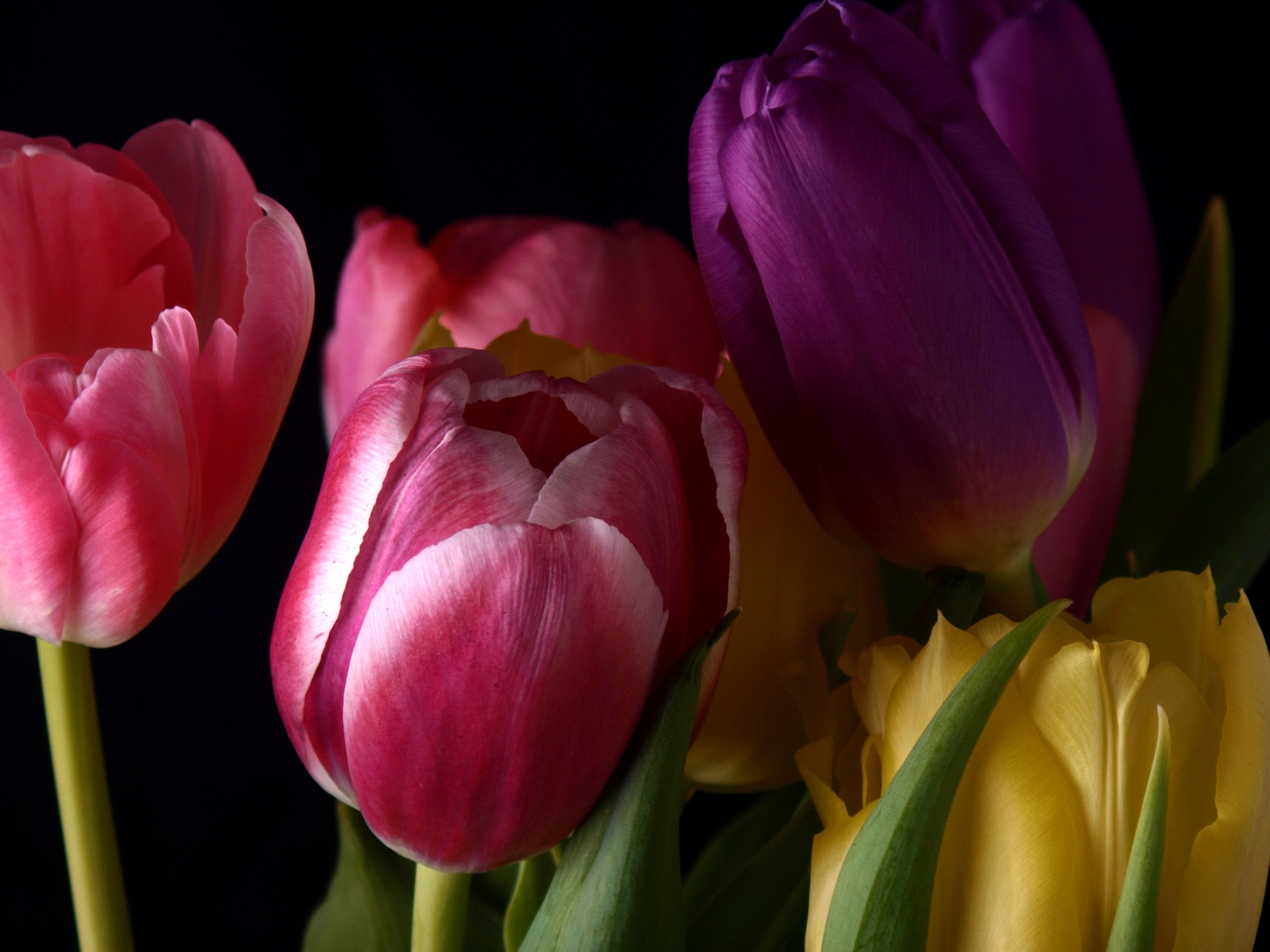
Facts you may not know about Tulips
Tulips are one of the most popular flowers that you will find at any florist in the world. They are unique in their appearance and they can be displayed on their own or along with other flowers. When choosing tulips, here are some interesting flower facts that will help inspire your choice.
Variety
There are approximately 150 different species of tulips in the world and there are over 3,000 natural and genetically cultivated varieties around the world and new varieties are created on a regular basis. Each new variety takes approximately 20 years from the beginning stages of development, until it’s ready to be cultivated on a larger scale and sold by florists.
Meaning
The Language of Flowers applies to all kinds of cultivated and wild flowers found around the world. The message you send with tulips depends on the colour of the flower. White tulips are great for apologising, while red ones represent love. If you are ever unsure, you can ask your florist or you can avoid sending any specific message by ordering a bouquet that consists of several different colours.
Price
Tulips are fairly reasonably priced at the moment but there was a time when they were the most expensive of all! During the 1600s, these flowers became increasingly valuable and their value could even exceed that of the average home! A single flower could cost 10 times the amount made by an average worker in a year.
Symmetrical
Not only are tulips loved for their striking colours, but they also have a really unique shape. Most varieties have an almost perfectly symmetrical shape with three petals and three sepals. Since they are pretty much the same size and shape, the sepals are often counted as petals.
Cooking
You can use tulips in your cooking and, in fact, during WWII, these flowers were used in bread recipes and even eaten on their own by those who struggled financially. These flowers can be used instead of onions and you can even use them to make wine!
Related to the lily
Tulips are related to the lily. They are part of the liliaceae family which includes lilies, garlic, asparagus, and onions!
